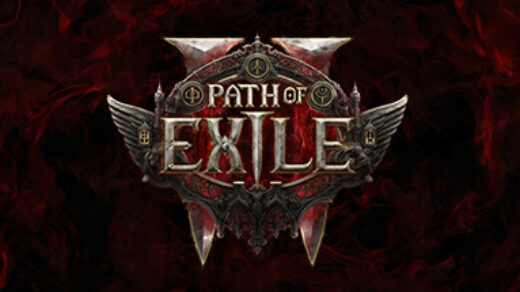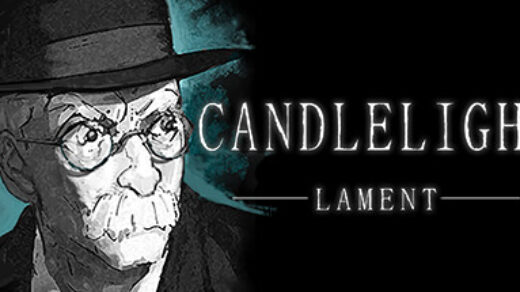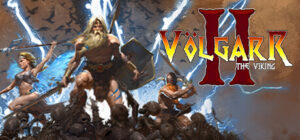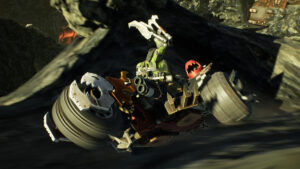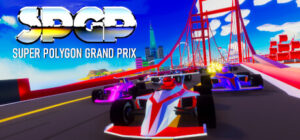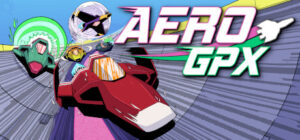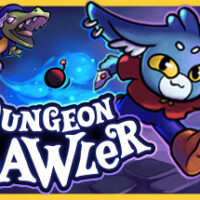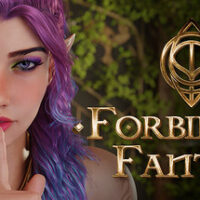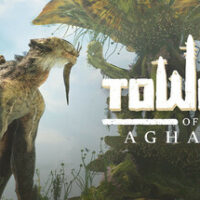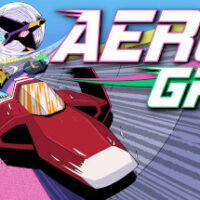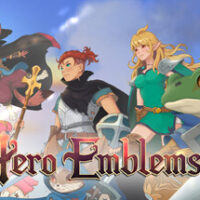Rivals of Aether II expands the beloved indie fighting game with new characters, dynamic environments, and intricate mechanics. Dive into intense battles, master unique abilities, and enjoy thrilling multiplayer!
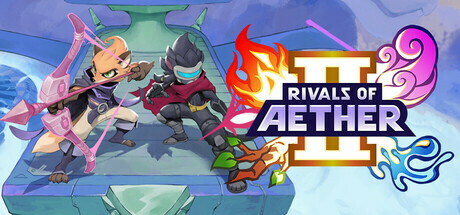
1. Game Overview
- Concept and Setting: Introduce Rivals of Aether II as a dynamic fighting game set in a vibrant, elemental world.
- Core Gameplay Mechanics: Discuss the fast-paced combat, character abilities, and objectives in multiplayer and single-player modes.
2. Visual Style and Art Design
- Artistic Aesthetics: Explore the game’s pixel art style and colorful environments, emphasizing character designs and animations.
- Storytelling through Visuals: Analyze how the art enhances the narrative, creating an immersive experience for players.
3. Gameplay Mechanics
- Combat Breakdown: Detail the mechanics of combat, including unique character abilities, combos, and special moves.
- Tips for Players: Offer strategies for mastering each character and utilizing stage elements to gain an advantage.
4. Storyline and Characters
- Narrative Overview: Summarize the overarching story and key events that shape the game’s world.
- Character Development: Provide insights into the main characters’ arcs and motivations, highlighting their roles in the plot.
5. Soundtrack and Audio Design
- Musical Composition: Discuss the game’s soundtrack, focusing on how it complements the gameplay and enhances emotional moments.
- Audio Effects: Analyze sound effects and their contribution to the atmosphere and player immersion.
6. Comparison to Other Indie Games
- Genre Comparisons: Compare Rivals of Aether II to other indie fighters like Brawlhalla and Super Smash Bros.
- Unique Features: Highlight what sets Rivals of Aether II apart, such as its elemental mechanics and character diversity.
7. Fan Reception
- Community Feedback: Overview of player reviews and reactions to the game’s features and mechanics.
- Popular Elements: Highlight specific features that have resonated with the community, such as character design or multiplayer dynamics.
8. Future Updates or Expansions
- Speculation on Content: Discuss potential future updates, new characters, or gameplay features players are hoping for.
- Community Requests: Highlight any features or improvements frequently requested by the player base.
9. Behind the Scenes
- Development Insights: Share information about the development team, their vision for the game, and any notable challenges they faced.
- Anecdotes: Include interesting stories or behind-the-scenes moments from the game’s creation.
10. Cultural and Artistic Influences
- Inspirations: Explore the cultural and artistic influences that shaped the game’s design and narrative.
- Enrichment of Experience: Discuss how these influences enhance the gameplay experience and resonate with players.
